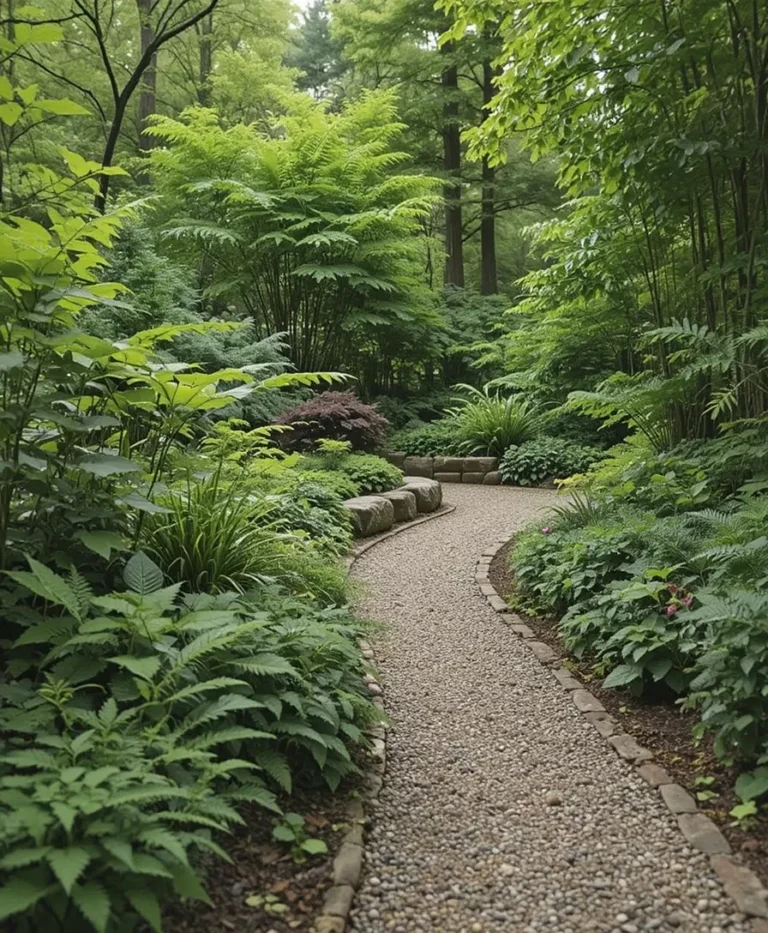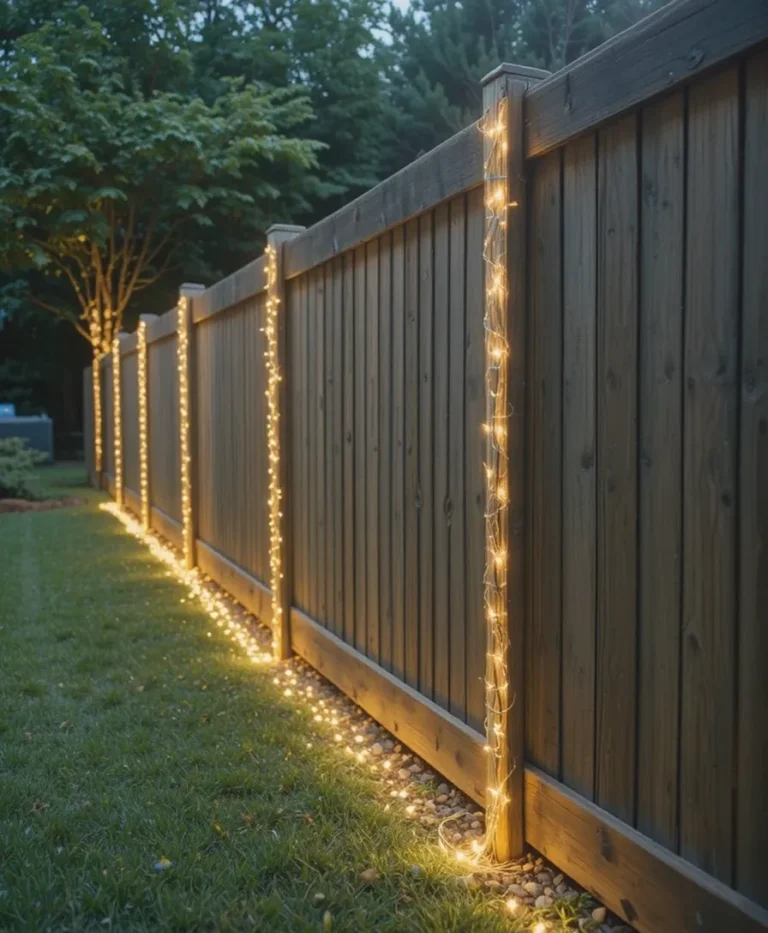How to Prune Begonias: Essential Tips for Lush, Blooming Plants
Begonias are popular for their vibrant blooms and striking foliage, making them a favorite for gardens, patios, and indoor spaces.
However, to keep your begonias healthy and blooming profusely, proper pruning is essential.
Pruning encourages new growth, removes dead or damaged leaves, and maintains the plant’s shape and vitality. Knowing how to prune begonias correctly ensures your plants thrive season after season.
Whether you’re growing wax begonias, tuberous begonias, or rex begonias, pruning is an important care step.
Below are practical tips and steps to help you prune your begonias effectively while promoting lush growth and stunning flowers.

1. Understand Begonia Growth Patterns
Before pruning, observe your begonia’s growth habit. Begonias can be bushy, trailing, or upright, and knowing their natural structure helps you prune without harming healthy stems.
2. Choose the Best Time to Prune
The ideal time for pruning is during the active growing season, typically spring and summer. Pruning during these months encourages faster recovery and stimulates fresh blooms. Avoid heavy pruning during dormancy or winter when growth slows.
3. Use Clean, Sharp Tools
Always use sterilized pruning shears or scissors. Clean cuts prevent infections and help the plant heal quickly. Sterilize tools with rubbing alcohol before starting your pruning session.
4. Remove Dead or Diseased Leaves
Start by trimming yellowed, shriveled, or diseased leaves. Removing unhealthy foliage improves airflow, reduces the risk of pests, and allows the plant to focus energy on healthy growth.
5. Pinch Back Leggy Stems
If your begonia stems are long and spindly, pinch or trim them back. Cutting just above a leaf node encourages branching, making the plant fuller and more compact.
6. Shape Your Begonia
Pruning is an opportunity to shape your plant. Maintain a rounded or symmetrical form, especially for bushy varieties, to enhance both appearance and light exposure to all parts of the plant.
7. Cut Back Overcrowded Areas
Begonias can become dense, which limits airflow and increases disease risk. Trim crowded stems to improve light penetration and prevent fungal problems while promoting healthy blooms.
8. Encourage New Blooms
Pruning spent flowers and trimming stems slightly encourages the plant to produce more blooms. Regular deadheading keeps your begonia flowering longer and looking vibrant.
9. Avoid Excessive Pruning
Never remove more than 30% of the plant at once. Over-pruning can stress your begonia, slow growth, or reduce flowering. Gradual trimming ensures the plant recovers quickly.
10. Propagate from Cuttings
Use healthy trimmed stems to propagate new begonias. Allow the cuttings to dry for a day or two, then plant them in well-draining soil. This doubles your plants while keeping your existing begonia neat.
11. Care After Pruning
Place your pruned begonia in bright, indirect light and avoid overwatering for a few days. The plant may experience slight stress, so maintain normal care and monitor for any signs of wilting.
12. Maintain Regular Pruning Schedule
Prune your begonias regularly throughout the growing season. Light trimming every few weeks prevents overgrowth, keeps the plant bushy, and promotes continuous flowering.
Final Thoughts
Pruning is a crucial step in maintaining healthy and vibrant begonias. By following these tips—removing dead leaves, shaping stems, deadheading spent flowers, and using cuttings for propagation—you can ensure your plants remain lush and full of color.
Regular pruning promotes stronger growth, extended blooming, and a beautiful structure that enhances any garden or indoor space.
These techniques make your begonias healthier, more attractive, and rewarding to care for year after year.






